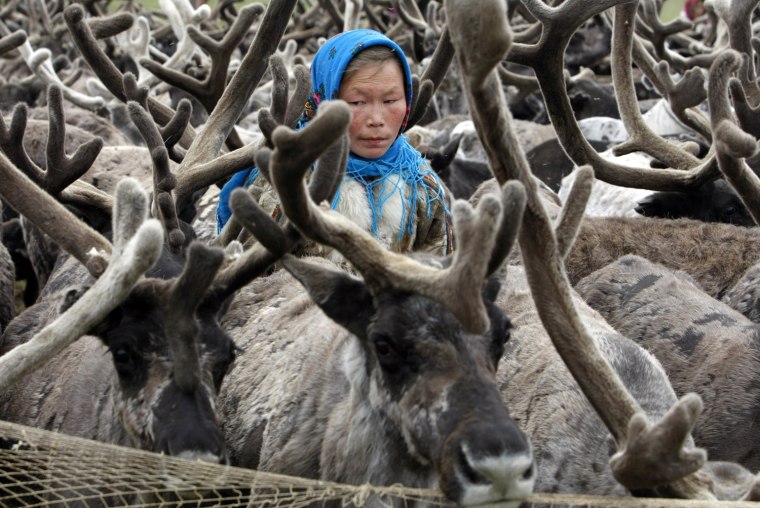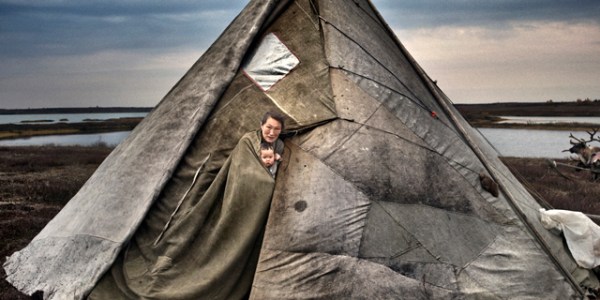Wildlife numbers in the lower Arctic have risen over the last 30 years, but animals that live closest to the North Pole have seen a sharp drop, according to a report released Wednesday.
Commissioned by the U.S. and other nations with Arctic territory, the "Arctic Species Trend Index" found a 26 percent decline in species populations in the high Arctic between 1970 and 2004. Those species include caribou and lemmings as well as migratory Arctic shorebirds like the red knot.
In contrast, species in the low Arctic increased by an average of 46 percent. Those in the sub Arctic saw a three percent decline.
The researchers noted that while some of the declines might be part of a natural cycle or due to overfishing, climate change might also be exacerbating nature's role.
For example, some fish species have seen population increases in response to rising sea temperatures, the report said.
"These observed trends are largely consistent with current predictions regarding the response of Arctic wildlife to climate change ... and suggest that human-induced changes in Arctic ecosystems are already resulting in winners and losers," the report states.
Slideshow 9 photos
Warming threatens lifestyle of Russian herders
"These predictions include reductions in abundance of high Arctic species dependent on sea ice," it adds, "... and increased overall abundance of sub Arctic wildlife as more southerly distributed species move northwards."
In the case of the high Arctic, it adds, that region "has experienced the largest increase in temperature change to date."
On polar bears, the iconic species of the Arctic, the report only had numbers for the population in Canada's western Hudson Bay: a decline from 1,200 in the mid-1980s to fewer than 900 in 2004.
"The increasingly long ice-free season is directly correlated with reduced body condition of polar pears in this population," the report says.
It also noted that polar bears, like walruses and ringed seals, "rely almost entirely on the marine sea-ice environment for their survival, therefore large-scale changes in their habitat are expected to have dramatic impacts on population sizes."
Louise McRae, the lead author of the report and a scientist with the Zoological Society of London, said that any significant changes in Arctic ecosystems "will be felt globally."
"The Arctic is host to abundant and diverse wildlife populations, many of which migrate annually from all regions of the globe," she added. "This region acts as a critical component in the Earth's physical, chemical, and biological regulatory system."

